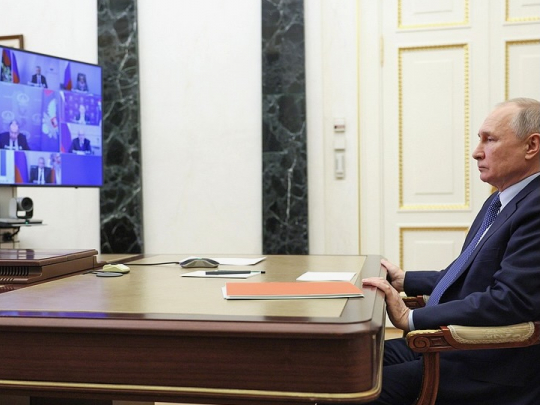Myanmar faces internet shutdowns and mass surveillance

The Myanmar military, which took over leadership in a coup last month, is using sophisticated digital tools, some obtained from western countries, to crackdown on online and offline dissent. International laws ban the sale of the dual-use technology the military is using for surveillance to regimes that might use it for the wrong purposes.
For about half a century, since its independence in 1962, Myanmar was under military rule. In 2010, the country held its first democratic election, and got its first civilian leader, Daw Aung San Suu Kyi of the National League for Democracy party. But the military never truly left; it still controlled some ministries, including the defense ministry.
On February 1, the military took power in a coup. In 2021, it has an arsenal of sophisticated digital tools, including drones, iPhone cracking software from Europe, American-made software that can hack computers remotely, and telecom technologies including satellites.
The military obtained such sophisticated tools under the guise of modernizing law enforcement and to help supply the internet to citizens, who for decades could not access the internet. Now, it is using some of the “dual-use” technologies to for repression and to target critics of the coup.
Thus far, the military regime has arrested more than 1,000 civilians, including the ousted civilian leader, and killed at least 25 people. Last week, the military charged the ousted civilian leader with “making a statement that could alarm the public and inducing someone to act against the state,” according to a report on the New York Times.
“The military is now using those very tools to brutally crack down on peaceful protesters risking their lives to resist the military junta and restore democracy,” said Ma Yadanar Maung, of Justice for Myanmar, a human rights advocacy that tracks abuses in Myanmar.
A review of the government’s budget for the last two years reveals the military’s appetite for military-grade surveillance technology. Tens of millions of dollars was allocated to technologies that could track the location of people, eavesdrop on conversations, and mine data from computers and phones.
Some of the “dual-use” technologies were obtained from countries such as China and Russia, who don’t care much about arming a totalitarian regime. However, the military has also obtained sophisticated technology from companies in western countries, such as Israel, the US, and Sweden.
In theory, the Myanmar military should not have obtained most of these technologies since most western countries banned such exports after the genocide of the Rohingya Muslims in 2017. However, documents show that some of the purchases were as recent as last year.
In some cases the government bought military technology under the guise of investigating cybercrime or fighting money laundering. But western companies could also have avoided the export bans and arms embargoes using middlemen.
“Even under a civilian government, there was little oversight of the military’s expenditure for surveillance technology,” said Ko Nay Yan Oo, a former fellow at the Pacific Forum of the Center for Strategic and International Studies who has studied the Myanmar military. “Now we are under military rule, and they can do everything they want.”
A review of post-coup arrest warrants, done by the New York Times, show that security forces in Myanmar have learned the locations of critics on social media by intercepting their IP addresses. According to people familiar with Myanmar’s surveillance infrastructure, such surveillance could only have been carried out using foreign technology.
- Source : Ken Macon


















